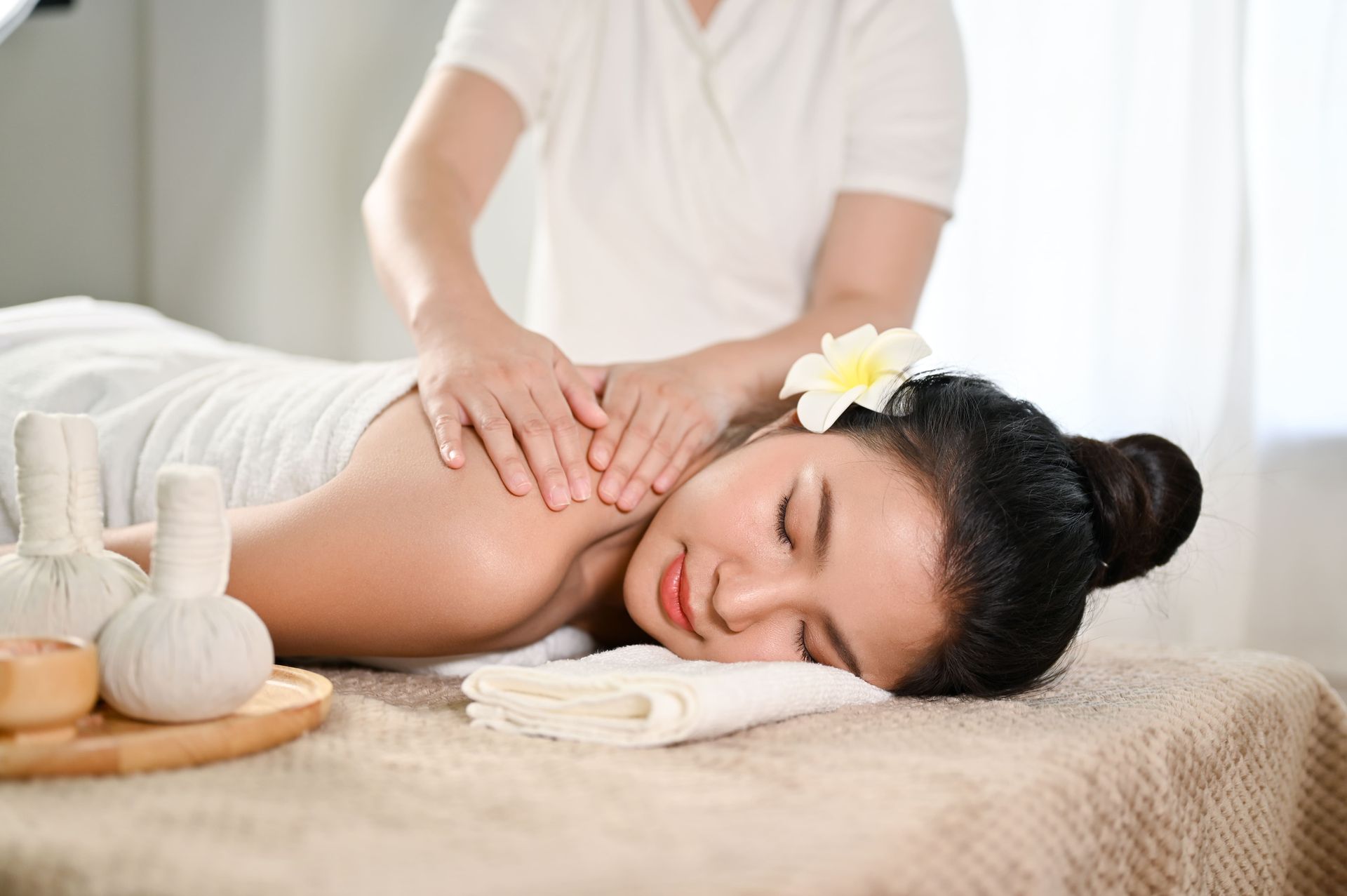The birthplace of traditional Thai massage
While the practice of Nuad Thai can now be found in spas throughout the world, the soul of the humble therapy hasn’t changed much in the place where it was born.
Among the towering spires and ceramic inlaid stupas of Bangkok’s Wat Pho temple are a group of inscriptions from the 19th Century. Shaded by the wooden eaves, these large marble plaques, known as the Epigraphic Archives of Wat Pho, divulge the secrets of the Thai way of life and are one of the earliest recordings of the techniques of one of Thailand’s most revered therapies: Nuad Thai (Thai massage).
" Thai massage helps close this gap, cure ailments and make a connection"
Intangible Culture
Added to Unesco’s Intangible Culture Heritage of Humanity list in 2019, this ancient healing method practised by Buddhist monks at the temple uses a blend of stretching, yoga and acupressure techniques to relax the body. Unlike Swedish massage or Hawaiian lomi lomi massage, where the patient is a passive participant, in Thai massage, the patient – who remains fully clothed – bends, stretches and moves their limbs with the help of the therapist to boost flexibility. Some therapists in Thailand will even step on the patient’s back to more deeply massage the muscles, although it’s not a technique used by all. .

Wat Pho Massage School teacher Krairath Chantrasri, who is from the farming area of Phetchabun in northern Thailand, knows first-hand what an important part these healers play in village life. “My grandfather is one of the massage healers who used to treat people in my community,” he said. “I wasn’t very old, but I remember people visiting my grandfather at the house, and I would go and see what they were doing.”
Nuad Thai is practised in nearly every rural household. Children are often taught the techniques so they can ease the aching muscles of their parents and grandparents after they have spent the day toiling in the rice paddies. While they might not understand the acupressure point theory behind it, they know how to pull and push limbs and how to step on the back to soothe the muscles of their hardworking relatives. The therapy’s humble roots can be seen in the way it is performed, usually on a mattress on the floor (similar to the ones seen in traditional Thai homes).
While Chantrasri was encouraged by his mother to perfect his skill at the Wat Pho Massage School, he had been practising massage from an early age. “My mother would ask me to step on her legs or on her back to give her a massage. I was being taught massage techniques, but as a child I didn’t realise it,” he said. Although now, as a therapist at Wat Pho, he no longer practises these particular techniques as they are not part of the school’s philosophy and curriculum